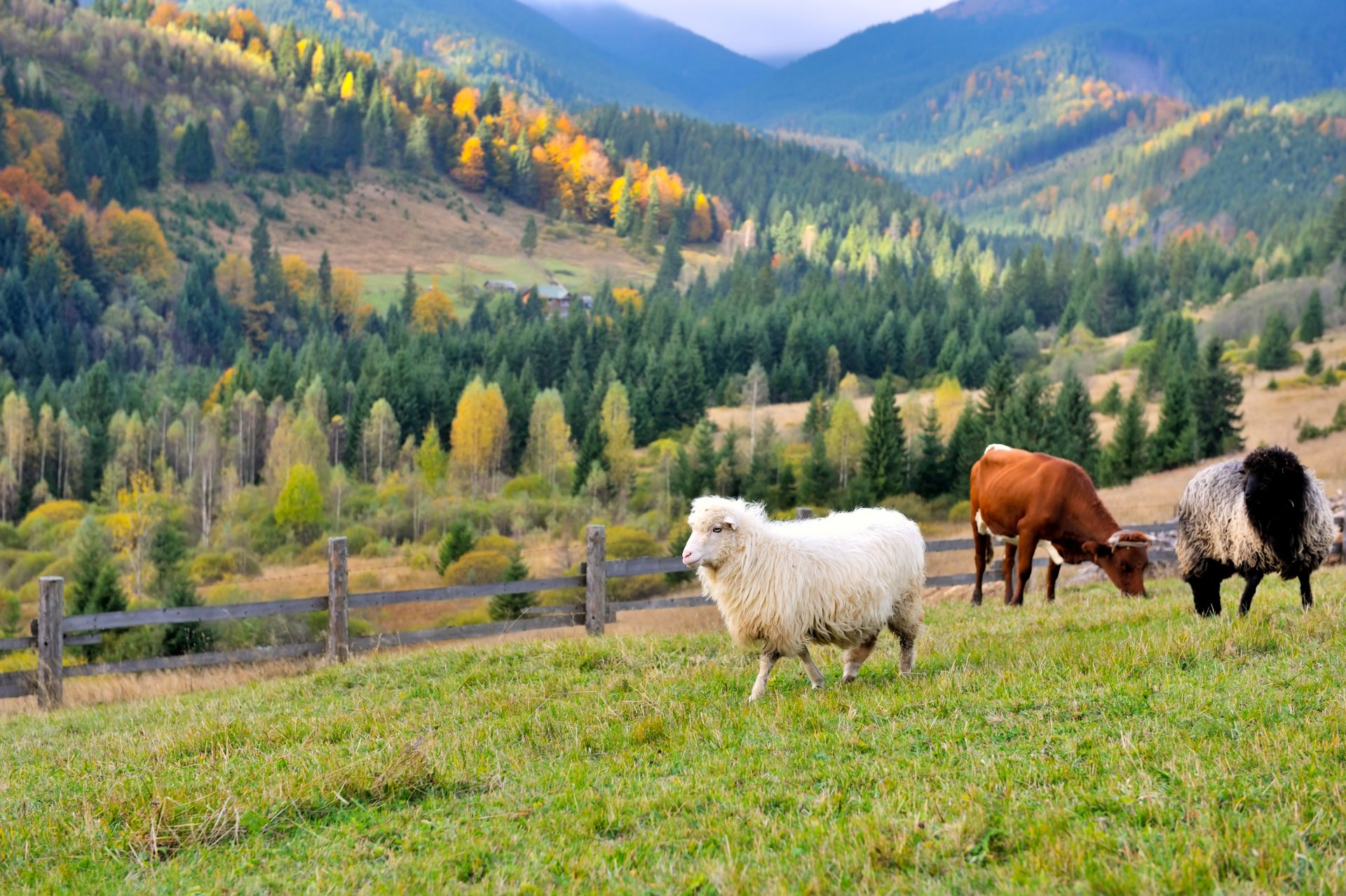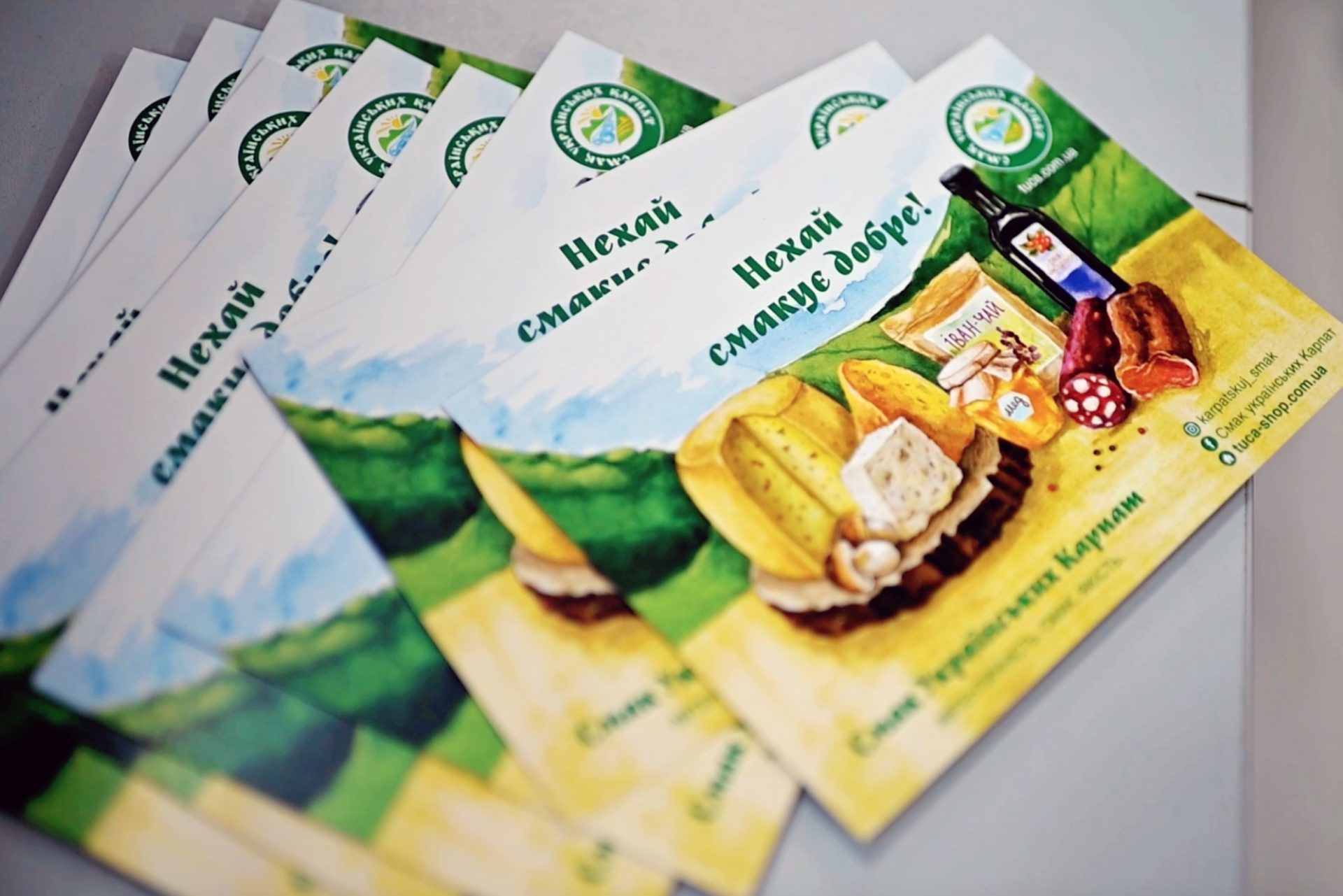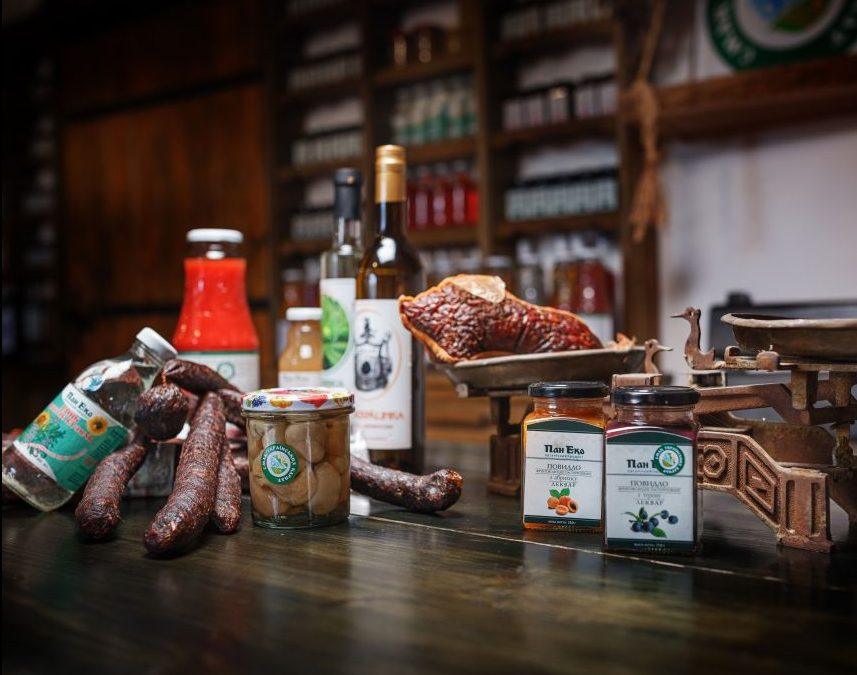- Call us: +38 067 569 86 39
- UKR ENG RUS

Write to us and we'll get in touch with you
Agronomist Bohdan Kostiv, “My Motto is “Do Not Harm!”
Bohdan Kostiv’s farming household is known far beyond the farmer’s native Zolochiv district. His products are well-loved by the consumers. What is most important, the producer was able to surround himself with people who share his vivifying production philosophy.
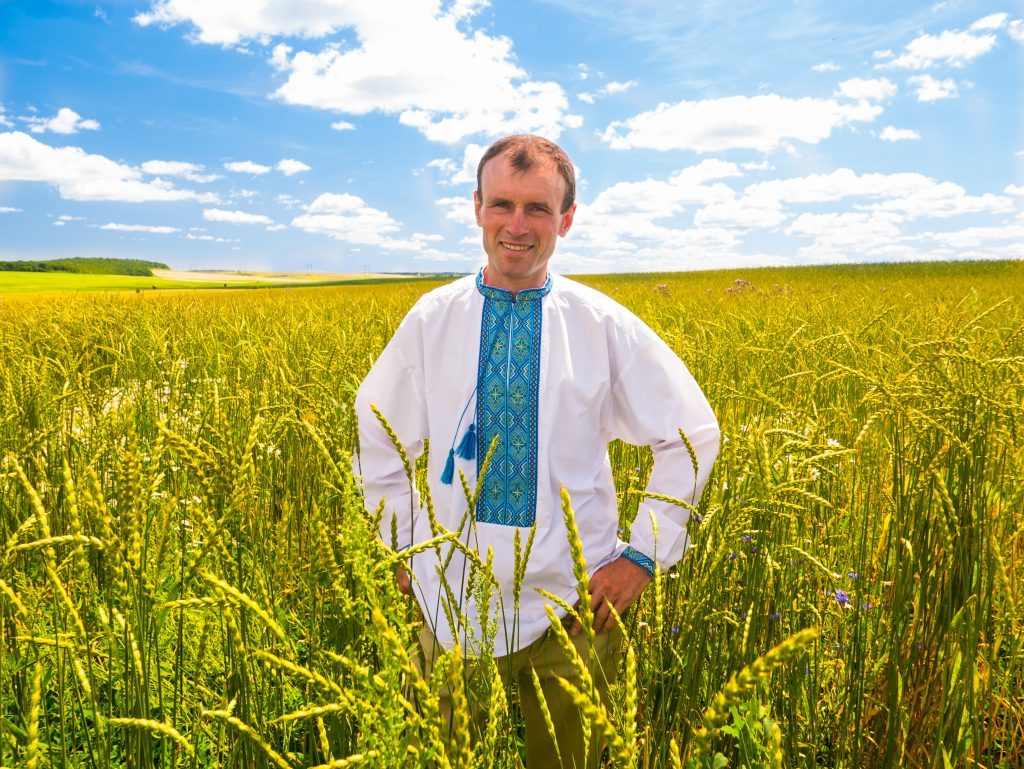
The Kostivs have always been breadmakers and farm machinery operators. Bohdan Kostiv, who has a Master’s degree in Agronomy, promoted the farm’s switch to vivifying production. His convictions were shaped by life in the village, getting an education at a village school, and the chosen profession.
The Kostiv farming household was established in 1992. Since being established and up until 2006, the farm was operating under extensive production mode. In 2006, upon some consideration, the farm switched to vivifying production to make foods that correspond to organic production standards.
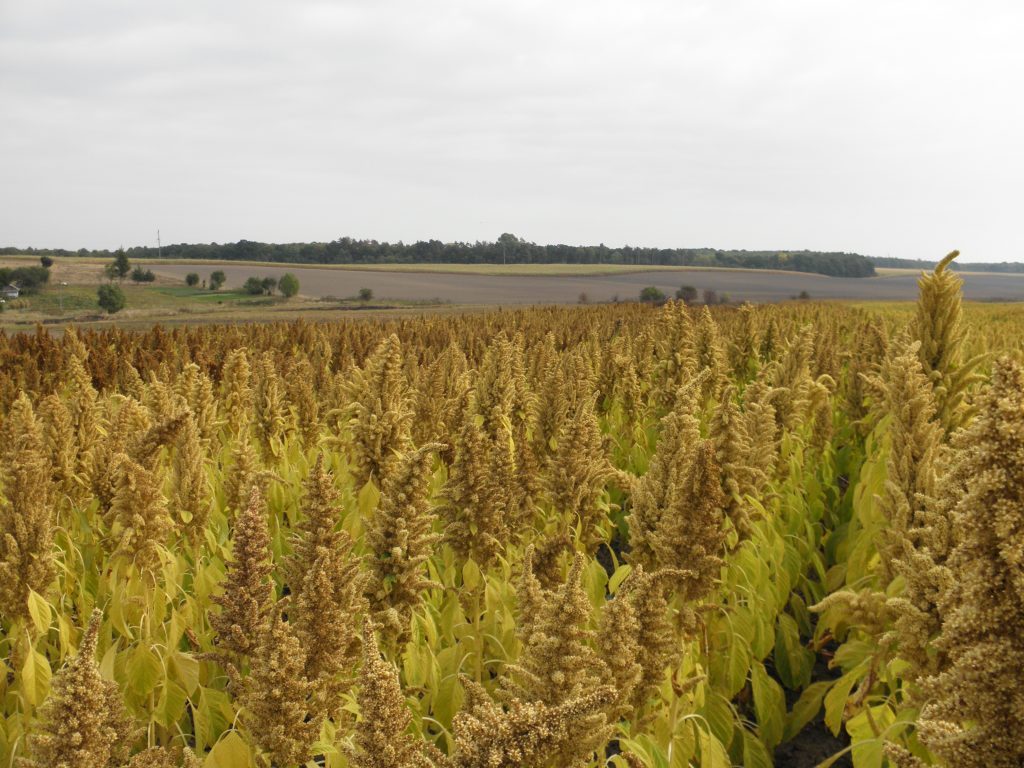
Kostiv farm assortment currently offers the following vivifying grains: black sesame, amaranth, trigonella, clover, hulled wheat, hulless oat and barley, wheat (black, common, red, white), green buckwheat, common and golden flax, lens, mung bean, and white mustard).
In addition to grains for sprouting, the farmer makes useful not steamed flakes from amaranth, hulless barley, hulless wheat, trigonella, clover, hulless oat, red wheat, white wheat, black wheat, green buckwheat, black cumin, golden flax, camelina, field pea.
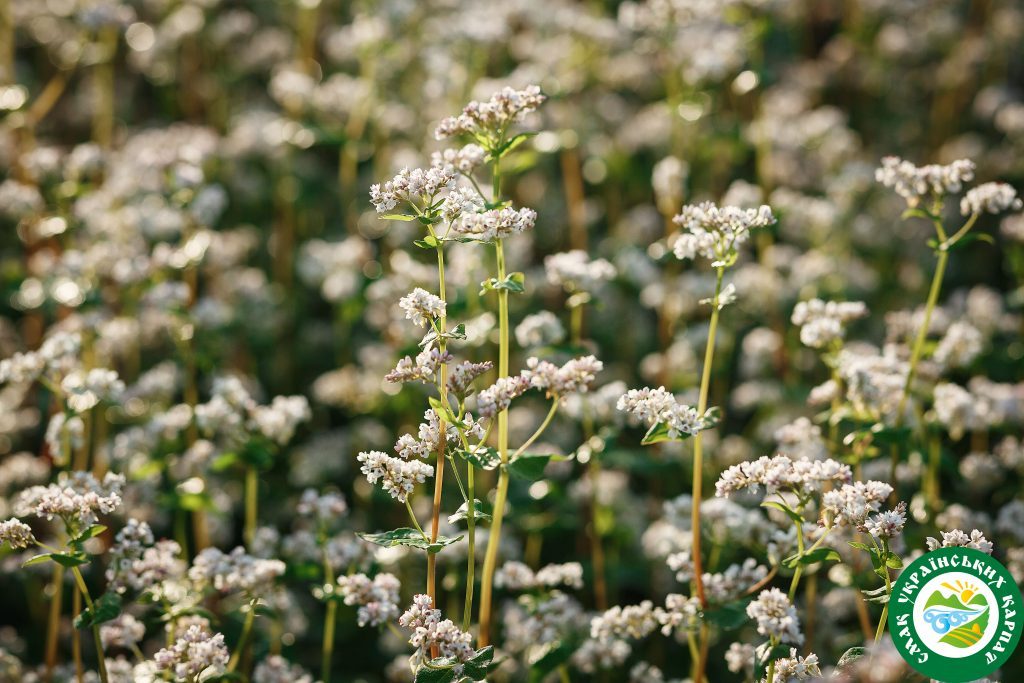
The assortment also includes stone-ground wholemeal flour made from amaranth, clover, hulless wheat, oat, hulless barley, wheat (red, white), green buckwheat, red lens, field pea. And that’s not it – the Kostivs love working on land, so they also grow seasonal vegetables.
Bohdan Kostiv is convinced that “vivifying products are of higher quality, have better taste, are safe and more natural than products grown using intensive technologies.”
Research shows that whole grain has the highest biological value for human organism as such grain is not subjected to intensive technological processing, which changes the structure of the grain and its natural (beneficial) properties. The highest concentration of biologically active components (fibres, vitamins, mineral elements, essential amino acids, etc.), which are good for digestion and health in general, is found in peripheral parts of the grain (grain and seed casing, germ, aleurone, and sub-aleurone layers). The central part of the endosperm is where the starchy elements are accumulated (primarily, gliadin and glutenin), which have no biological value and bring no benefits to the human organism from the standpoint of a healthy diet.
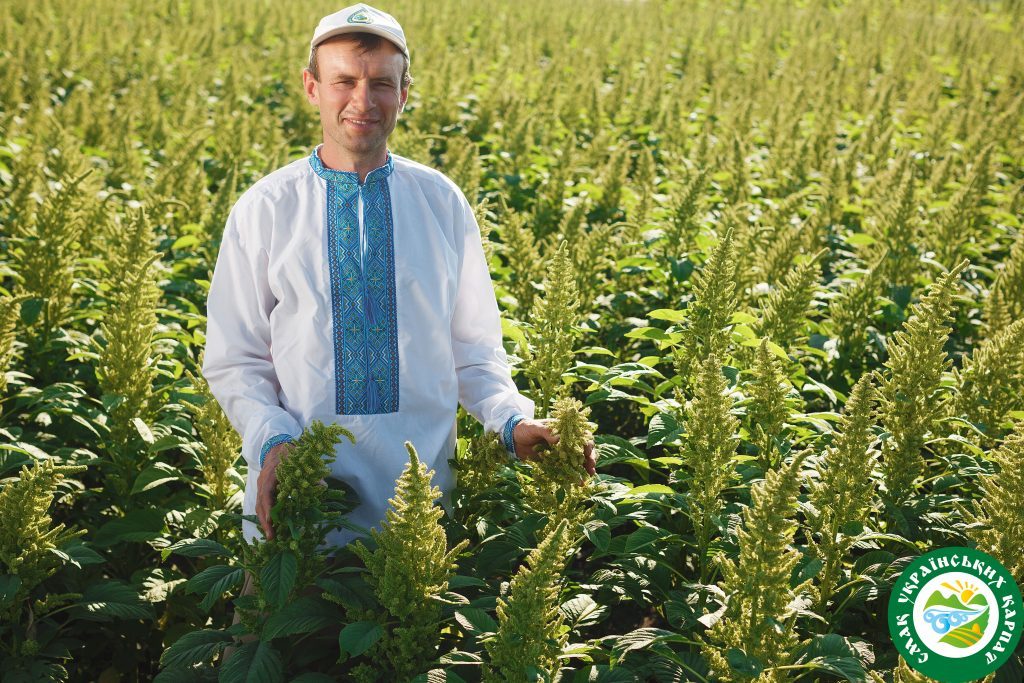
Consequently, only whole (non-refined, non-polished) grains with their peripheral parts (germs, grain, and seed casings, aleurone layers, etc.) should be considered from the perspective of a healthy diet, nutrition, and use in cooking (porridge, soups, bread, pastry, pasta, and other products).
They increase the biological value of food products and dishes, promoting prophylaxis of most “21st century diseases”, including obesity, diabetes, cardiovascular diseases, allergic reactions, and some other problems connected to metabolism issues.
Organic health for your beauty and well-being.
